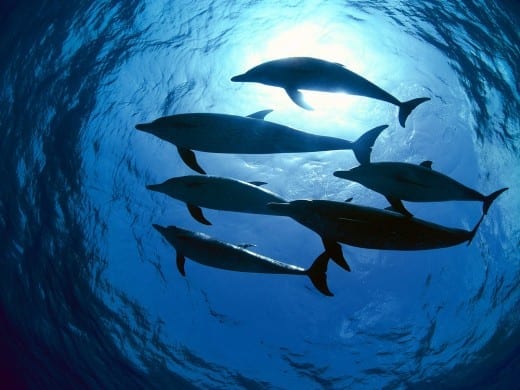
By opening up the possibility of economical asteroid water mining , the electric solar wind sail (E-sail, www.electric-sailing.fi) enables frequent and affordable manned Mars flights
The E-sail is a novel propellantless technology that was invented in Finland in 2006. The E-sail utilises long, charged tethers to convert natural solar wind momentum flux into spacecraft thrust.
According to Janhunen et al. (2015) the E-sail could make asteroid mining feasible by providing essentially free logistics in the solar system outside of Earth’s magnetosphere. After finding a suitable water bearing asteroid, a mining unit is could be sent by the E-sail to extract the water from asteroid soil. This can be done by heating the material and letting the evolving water vapour condense in a cool container. When the container is full, it is separated from the mining unit and transported with an E-sail in to the orbit of Mars or Earth, where it is split into hydrogen and oxygen and liquefied. The liquid hydrogen/oxygen (LH2/LOX) fuel can be used to fill the tanks of manned vehicles travelling between Earth and Mars.
Due to the exponential nature of the rocket equation, intermediate tankings reduce the launch mass dramatically. During the trip, asteroid-mined water could also be used as radiation shielding of the manned module to reduce the launch mass further. With cheap propellant available in Mars orbit, there is also the option of fully propulsive landing on Mars which eliminates the need of a massive and expensive heat shield.
Read more: Electric Solar Wind Sail could make bidirectional manned Mars flights economically feasible
The Latest on: Electric Solar Wind Sail
[google_news title=”” keyword=”Electric Solar Wind Sail” num_posts=”10″ blurb_length=”0″ show_thumb=”left”]
via Google News
The Latest on: Electric Solar Wind Sail
- Legislators talk priorities for 2024on May 3, 2024 at 4:21 pm
Pennsylvania legislators representing portions of Butler County shared their priorities at a Butler County Chamber of Commerce event Friday morning, May 3, where the conversation ...
- Wind Energy Newson May 1, 2024 at 5:00 pm
Mar. 27, 2024 — Conditions that usually accompany the kind of intense hot and cold weather that strains power grids may also provide greater opportunities to capture solar and wind energy.
- A Sailing Energy Lab Stops in NYC for Earth Dayon April 29, 2024 at 5:00 pm
On board, solar, wind, and hydrogen power sources ... it can sail up to 4000 hours on that saved power. Energy Observer’s sailing experience has proved that a mix of renewable energies and ...
- Why solar and wind energy isn’t winningon April 17, 2024 at 5:00 pm
DESPITE us constantly being told that solar and wind are now the cheapest forms of electricity, governments around the world needed to spend US$1.8 trillion on the green transition last year.
- Nasa to launch ‘solar sail’ spacecraft into ‘deep space’ that flies without fuel using ‘stream of solar wind’ from Sunon April 12, 2024 at 11:28 am
Solar sails follow the same idea that sailboats do - except instead of being powered by wind, they employ the pressure of sunlight for propulsion. The US space agency said this, in turn ...
- Advanced solar sail mission prepares to catch the wind in the void of spaceon April 12, 2024 at 2:46 am
The differences are the obvious ones. Sailboats travel on water and are pushed along by the wind. Solar sails travel in a vacuum pushed by the solar winds from the Sun – a plasma flow of mainly ...
- NASA’s Next Solar Sail is About to Go to Spaceon April 12, 2024 at 1:24 am
it also emits an unending stream of solar wind. Solar sails can harness that wind and provide propulsion for spacecraft. NASA is about to test a new solar sail design that can make solar sails even ...
- Trillions in taxpayer subsidies haven’t made wind and solar power cheaper or better for Americanson April 9, 2024 at 12:09 pm
Despite us constantly being told that solar and wind are now the cheapest forms of electricity, governments around the world needed to spend $1.8 trillion on the green transition last year.
- Renewable Energy Newson April 7, 2024 at 5:00 pm
19, 2024 — Climate change will increase the future value of residential rooftop solar panels across the United States by up to 19% by the end of the century, ... Apr. 17, 2024 — Wind power is ...
- Renewable electricityon April 7, 2024 at 5:00 pm
We’re therefore developing technologies to generate electricity from solar and wind more cheaply and more efficiently. Cheaper and more effective electricity from solar and wind Increasing renewable ...
via Bing News









